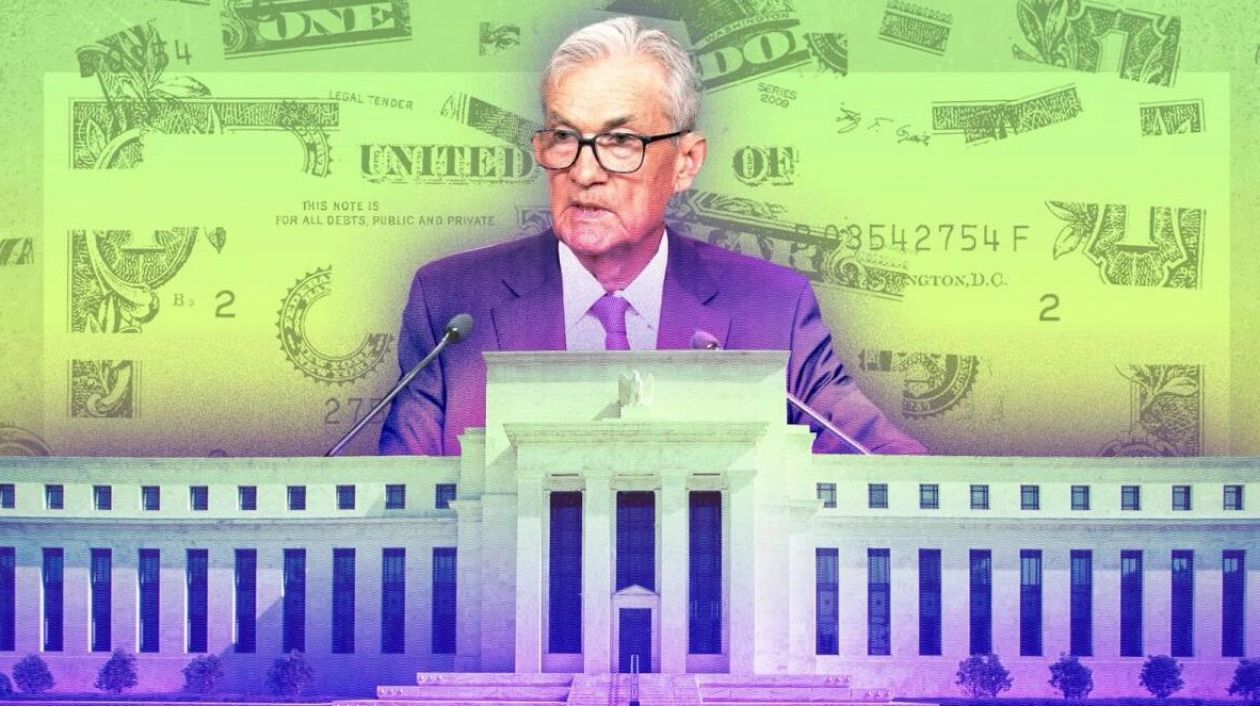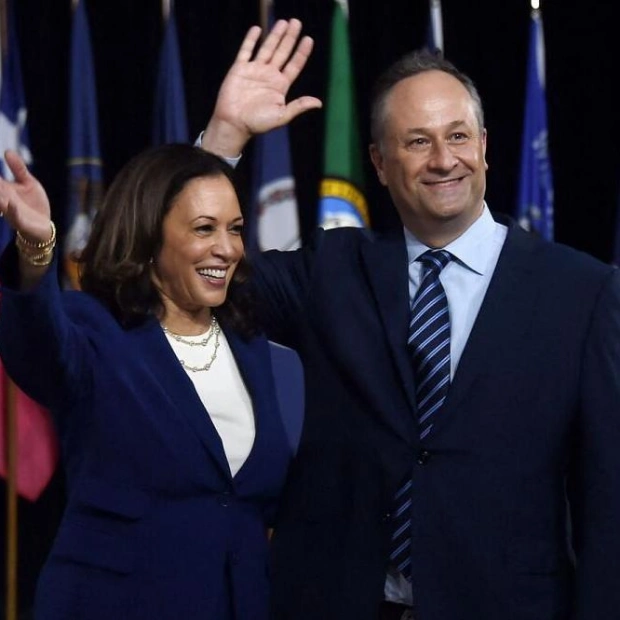Following a $6.4 trillion loss in global stocks over three weeks, the CEO of one of the world's largest independent financial advisory and asset management organizations urges the Federal Reserve to reduce interest rates immediately and at the September and November meetings.
Nigel Green of deVere Group issued this urgent warning after a worldwide sell-off fueled by investor concerns over a potential US recession, the Fed's delayed rate cuts, and economic turmoil in Japan due to a strengthening yen.
Green emphasizes that despite a slight recovery on Tuesday, the market's confidence is severely shaken. He states that panic will persist until the Fed, the central bank of the world's largest economy, shows a response.
He argues that the Fed must act without delay to prevent further instability, highlighting the Fed's role as a key influencer of global financial stability. Green suggests an emergency rate cut before the September meeting as a strong indicator of the Fed's commitment to restoring confidence and counteracting destabilizing forces.
The partial recovery in stock markets should not mislead the Fed into complacency, but rather be seen as a temporary respite, according to Green. He recommends cutting rates by 50 basis points in both September and November, following an emergency cut in August, to signal necessary support.
Green points out that financial markets, despite their volatility, serve as a crucial gauge of economic sentiment. He warns that ignoring the market's signals could intensify the instability the Fed aims to prevent.
If the Fed adjusts its stance and implements necessary rate cuts, investors should prepare to modify their strategies. A rate cut could stimulate market enthusiasm, affecting capital flows and risk assessments across different asset classes. Investors are advised to reconsider their portfolios in light of these potential shifts.
In a lower interest rate environment, sectors sensitive to growth, such as tech and consumer goods, are likely to thrive. These sectors generally perform well when borrowing costs are low, enabling more investment in innovation and expansion. Investors might consider increasing their investments in these sectors to capitalize on potential gains.
Additionally, with lower borrowing costs, leveraged investments might regain popularity. However, investors must approach these opportunities cautiously, as higher potential returns come with increased risk. Maintaining a diversified portfolio is essential to mitigate potential losses.
Green concludes by emphasizing the importance of the Fed listening to and acting on market signals with the urgency required. He stresses that the cost of inaction is too high, and decisive action is imperative now.






